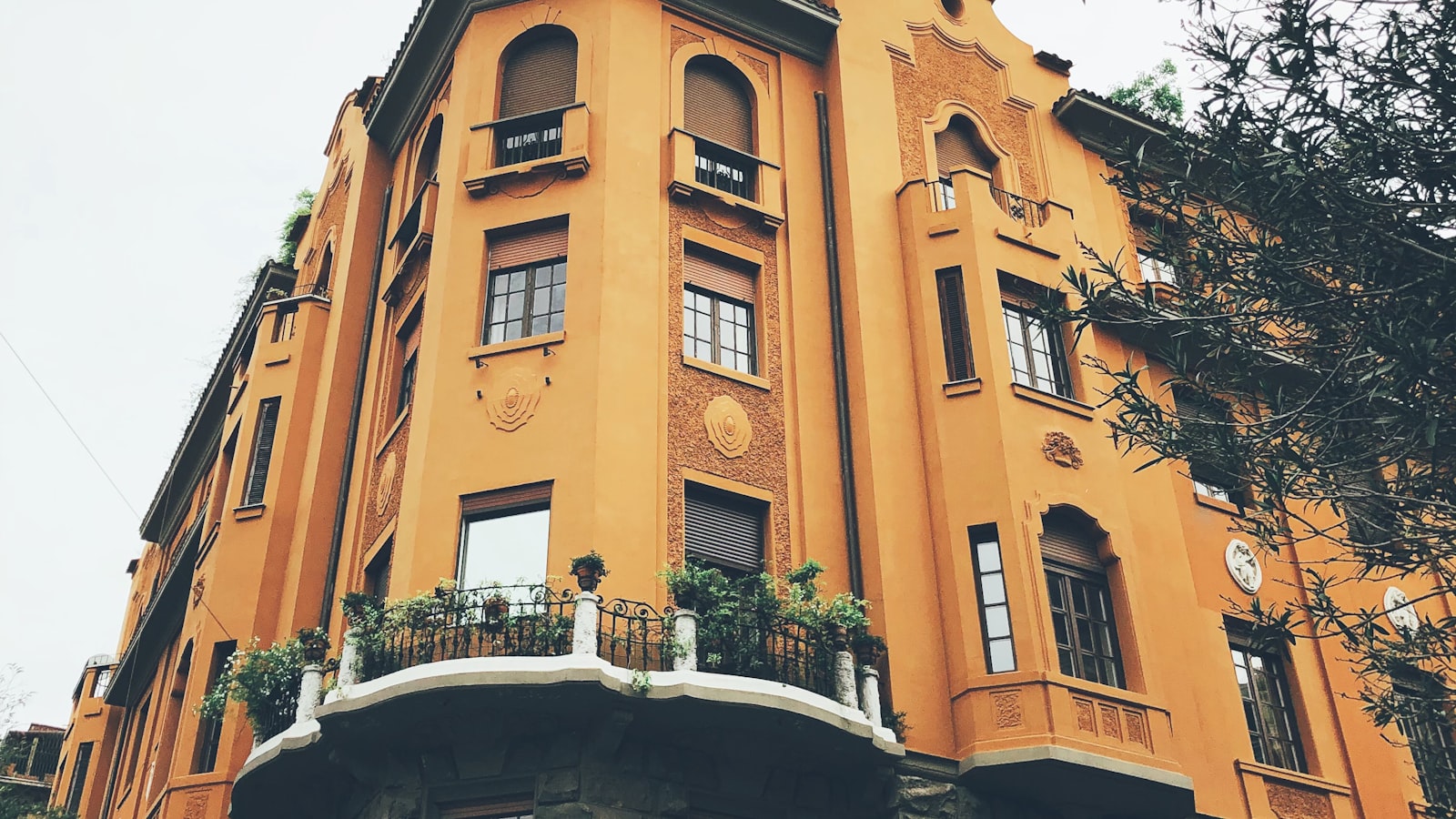The Sack of Rome in 1527 was so devastating that it traditionally marks the end of the Italian Renaissance. Holy Roman Emperor Charles V stormed the city, controlled by the Papal States. The death of the HRE's general, the Duke of Bourbon, caused the army to become disorganized, and although they won the battle at the city gates they descended on the city to pillage, with no leader left to halt them. Taken from Rome: The Biography of a City by Christopher Hibbert (1987):
[ Rome was now at the mercy of the imperialist troops. Gian d'Urbina, the cruel and arrogant commander of the Spanish infantry, infuriated by a pike wound in the face inflicted by a Swiss Guard, rampaged through the Borgo, followed by his men, killing everyone they came across. ‘All were cut to pieces, even if unarmed,’ wrote an eyewitness, ‘even in those places that Attila and Genseric, although the most cruel of men, had in former times treated with religious respect.’ The Hospital of S. Spirito was broken into, and nearly all those who were cared for there were slaughtered or thrown into the Tiber alive. The orphans of the Pietà were also killed. Convicts from the prisons were set free to join in the massacre, mutilation and pillage.
The imperialists stormed over the Ponte Sisto and continued their savagery in the heart of the city. The doors of churches and convents, of palaces, monasteries and workshops were smashed open and the contents hurled into the streets. Tombs were broken open, including that of Julius II, and the corpses stripped of jewels and vestments. The Sancta Sanctorum was sacked; the Host stamped and spat upon; relics and crucifixes ridiculed or used as targets by harquebusiers. The head of St Andrew was cast contemptuously to the ground and that of St John kicked about the streets as a football. The Holy Lance that had speared Christ's side and had been presented to Innocent VIII was paraded through the streets of the Borgo on the spear of a German soldier; St Veronica's handkerchief was offered for sale in an inn; the Emperor Constantine's golden cross was stolen and never recovered; so were the tiara of Nicholas I and the Golden Rose of Martin V. Romans who took shelter in churches were slaughtered out of hand. ‘Even on the high altar of St Peter's,’ according to one contemporary account, ‘five hundred men were massacred, as holy relics were burned or destroyed.’
Men were tortured to reveal the hiding-places of their possessions or to pay ransoms f
... keep reading on reddit ➡


I'm still slightly in shock. These people...

All you ever really read about is “there was a sack and it was bad and things were destroyed” but I never read anything on specifics of what was destroyed and on what scale.
Is there anything out there that could shed more light on the topic?
Im looking for a movie about the 1527 sacking of rome, or more specifically the escape of the pope at the time, or the 189 swiss guard who helped the emperor escape.
if anyone knows of a movie or film about this, please give me the name, and years of release.

THY WILL BE DONE!
In the Year of our Lord 527, the Vandal forces broke through the fortifications in Rome, pillaging and looting the city during the next few months. While it is not hard to imagine that the Romans will re-capture the city, the temporary fall of the city (again) is an unforgivable insult to the Romans, and a great strike on their prestige and honor. Only time will tell if Rome can hold against its enemies...
While holding Rome under his control, the Vandal King, Vilimut, personally marched into the city and declared himself the Roman Emperor.

Were there riots? if so how big were they? and was it only in Rome or throughout the Empire? and how long did these tensions last?

I'd also be interested to hear if the answer would be any different for the other various raiders of Roman territory throughout its history like the Huns, Vandals and Goths.

They only happened around four decades apart








